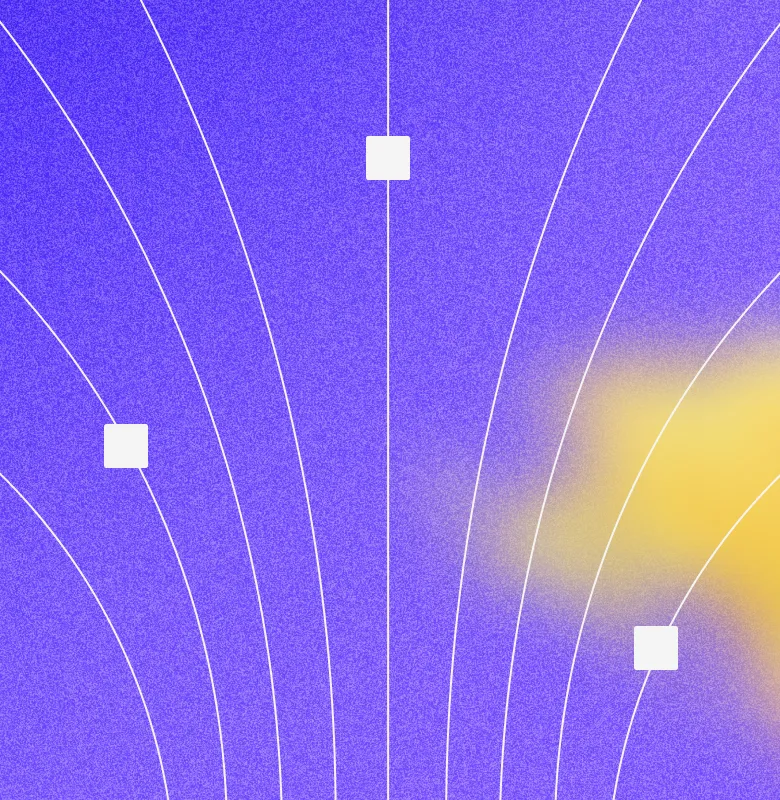Automated scanning surfaced security-sensitive PRDs, design docs, and tickets previously unnoticed.
How Neo4j achieved
100% design review coverage with Clover

-
H.01 -
H.02 Ranked findings cut through noise, letting the team address the most critical issues first.
-
H.03 Reviews grew from ~20% pre-Clover to 100% in under a year with full AI automation.
- IndustryTechnology
- RegionNorth America
- Integrations
-
Intro
As the leader in graph databases and analytics, Neo4j helps organizations uncover hidden patterns and relationships across billions of data connections. With a fast-growing engineering organization of hundreds developers, the security team needed a scalable way to keep pace. Manual reviews left gaps in coverage and risked security issues slipping through. By adopting Clover’s automated design-led security reviews, Neo4j achieved 100% design review coverage, ensuring that every technical design Clover flagged received timely scrutiny.
challenges
Difficulty detecting risks
With hundreds developers pushing constant changes, it was difficult to reliably spot which PRDs, design documents, and tickets carried real security implications.
No consistent prioritization
When potential issues were surfaced, there was no reliable way to separate high-impact security findings from noise. This made it difficult to focus limited attention on the most important risks.
Spotty coverage of design activity
Only about 20 percent of design work was reviewed, creating uneven coverage and leaving some security risks hidden until late in the development cycle.
solutions
Automated detection of changes with security impact
Clover integrated with Neo4j’s project management boards and design repositories to continuously scan PRDs, design documents, and tickets. Changes with potential security implications were automatically surfaced, giving the security team immediate visibility into risks that might have otherwise been missed.
Built-in prioritization of findings
Clover applied a consistent set of security checks and ranked issues by severity, filtering out noise and highlighting the findings that mattered most. This allowed the security team to focus attention where it would have the greatest impact.
Expanding coverage through automation
Coverage grew in clear stages: from about 20 percent of design activity reviewed before Clover, to 49 percent within the first four months using Clover’s out-of-the-box findings, to 100 percent in less than a year once full AI-driven automation workflows were in place.
Visibility
From scattered documents to automated detection of risky changes
Before Clover, Neo4j’s security team had to hunt through PRDs, design documents, and tickets spread across more than 50 project management boards. With hundreds developers constantly shipping changes, it was impossible to know which items carried security implications and which were routine updates. Important risks often stayed hidden simply because the team lacked visibility into the volume of work moving across the organization.
Clover changed this by continuously scanning across Neo4j’s existing workflows. Every new PRD, design document, or ticket was automatically assessed for potential security impact. Instead of relying on engineers to flag items or security analysts to discover them manually, risky changes were surfaced in real time.
quote
“We can’t possibly monitor everything the team is doing, but Clover reliably brings security-sensitive issues to our attention. That’s a big value.”
This shift meant the security team could finally see the full landscape of design activity. By surfacing the right signals at the right time, Clover provided coverage across hundreds of developers and dozens of parallel projects. With automation in place, the team could focus on reviewing and responding to risks rather than spending hours searching for them.
Standardization
From ad hoc judgment to consistent prioritization of risk
Clover standardized the review process by applying a common set of checks to every PRD, design document, and ticket. Instead of security practitioners relying on individual judgment, the platform created a baseline for what to flag and what to ignore. Findings were automatically ranked by severity, allowing high-impact risks to stand out clearly from background noise.
For Neo4j, this meant the security team could focus on what mattered most instead of debating which issues were worth addressing. Prioritization no longer depends on subjective calls or personal experience. It is a repeatable process supported by data, ensuring attention was always directed at the areas of highest risk.
quote
“Clover is, in many respects, a force multiplier. It effectively gives me the equivalent of another high quality AppSec hire - Clover’s output delivers real, measurable value.”
Standardization
Turning sampling into smart prioritization
Before Clover, security engineers had to rely on gut instinct, sampling, and developer proactivity. With Clover, that guesswork is gone. The platform pinpoints the most important designs and planned features that truly require security’s attention, turning random sampling into surgical precision.
The next phase came when Clover embedded reviews directly into developer workflows. Findings automatically generated Trello tickets or appeared inline in Google Docs, meeting engineers in the tools they already used. Implementing full AI workflows removed the manual step and opened the door to achieving full coverage.
quote
“Clover is a true force multiplier. With a small team, automation makes a huge difference. Manual review covered 49% of tickets, but with Clover’s automation we hit 100%. That’s not just pretty impressive, that is impressive.”
The results were measurable and immediate. Coverage climbed from 20 percent before Clover, to nearly half of flagged designs within four months, to 100 percent in less than a year once full AI-driven automation was in place. Today Neo4j can say every flagged design receives timely scrutiny.
Next for neo4j
Narrowing design-to-code gap and increasing developer adoption
The next step for Neo4j is closing the gap between design and implementation. Security requirements captured during design reviews must be implemented in code to eliminate the risk of mitigations being overlooked. Achieving this will create true full lifecycle coverage, ensuring that every risk identified in planning is validated all the way through to production.
Developer adoption is equally critical. Security guidance needs to become part of the natural workflow for engineers, appearing directly in the tools they already use. The true measure of success will be when developers themselves expect to run their work through Clover as a standard step in the process.






















